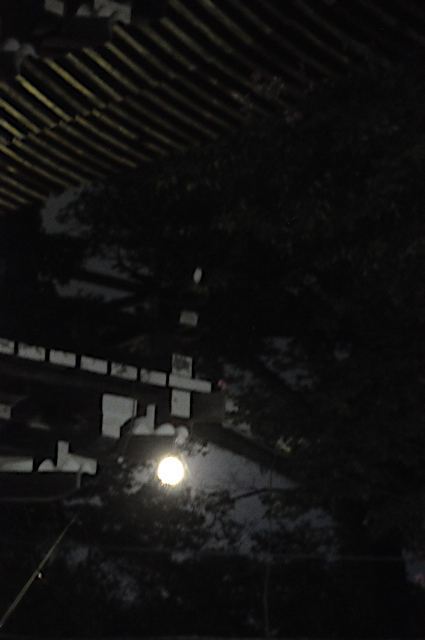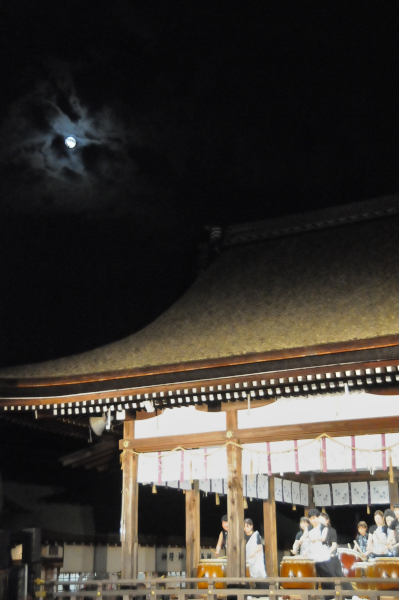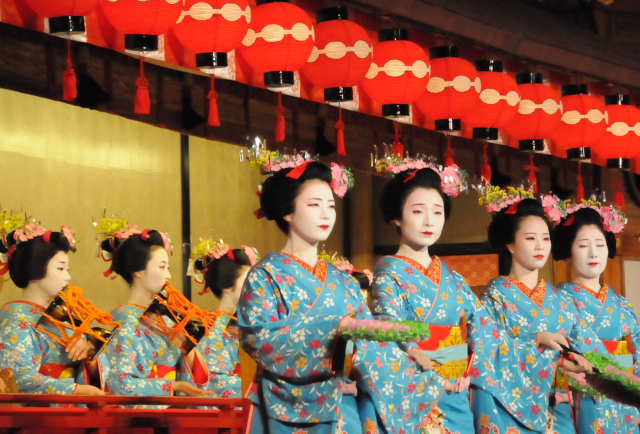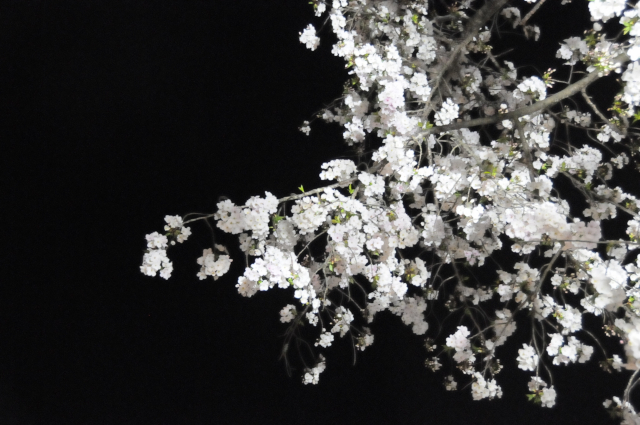Following up on my post about Kyoto’s IC cards, I decided to buy a prepaid ICOCA and take advantage of the new point system for commuters. Mostly, I’m still riding my bicycle, but there are some occasions where I need day tickets, which are not available on the bus anymore. Instead of purchasing some at a subway station, with an ICOCA, you can “buy” them online in advance. You still have to pay the full amount for all your trips on that day, but whatever is beyond the price of the day ticket is reimbursed in points (which can be used to reload the card) the next month. Anyway, I digress.
Buying the physical ICOCA was the easy part. The next step, registering the card under my name could be done online without much trouble, thanks to online translators.
One final step was necessary to be able to earn the commuter points, and the website said: “Simply insert your card into a ticket machine at a subway station to finalize your registration.” That’s what I did (or so I thought, when charging the card) all the way back in April. Points are awarded in the following month on the 15th, so I waited patiently.
And nothing happened for three months, even though I could login to the website and check how many of those one-day passes I had purchased so far. Still: No points arriving. The young assistant at my nearest subway station couldn’t help me beyond offering me a phone number (which is useless to somebody who still heavily relies on visual cues and handwaving when speaking). So, as I was in the area on Monday, I went to the bus & subway info center at Kyoto station to sort things out in person.
There, a lengthy back-and-forth eventually resulted in them making the call to the main office on my behalf. And I was informed that the final confirmation step at a ticket machine was still missing. I was a little surprised, but begging for help, somebody finally took pity and went with me to the nearest subway entrance to see what was going on.
There, it turned out that “simply insert your card into a ticket machine…” involves the following steps, all of which only in Japanese, of course:
- Choose a ticket machine that has the “points” option available in the first place (50% chance)
- Push the correct button (25% chance if you’re not fit with the kanji)
- Enter your (online) password and confirm
- Check the info displayed and, if correct, confirm again
Well. Everything’s simple in hindsight. And with help at hand….




















